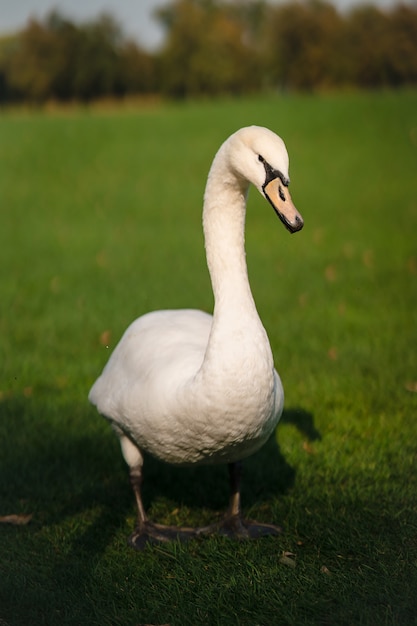Fascinating Facts about Geese

Geese are highly social animals and often travel in flocks.
A group of geese on the ground is called a gaggle.
Geese can migrate thousands of miles each year, using the Earth’s magnetic field for navigation.
The V formation geese use when flying in flocks helps them conserve energy.
Geese can live up to 20 years in the wild.
Geese are excellent parents and stay with their young ones until they are old enough to fly.
Some goose species mate for life.
Geese are herbivores and mainly feed on grass, leaves, and grains.
The average weight of a goose is around 10-12 pounds.
Geese have excellent eyesight and can spot predators from a distance.
The loud honking noise that geese make is their way of communicating with each other.
Many ancient cultures considered geese to be protective animals.
Geese have a unique ability to remember people’s faces.
Geese have strong wings and can fly at speeds of up to 40 miles per hour.
Geese have a special gland near their tail that produces oil to keep their feathers waterproof.
Geese are highly adaptable and can thrive in various habitats, from wetlands to grasslands.
Domesticated geese are often used as natural weed controllers on farms.
Some species of geese, like the snow goose, have color-changing plumage.
Geese are known for their aggressive behavior when defending their territory or young ones.
Fascinating Facts about Geese part 2
The average lifespan of a domesticated goose is around 15-20 years.
Geese have strong and muscular legs that allow them to walk on land comfortably.
In some cultures, goose meat is considered a delicacy and is commonly served during special occasions.
Geese are excellent swimmers and can also dive underwater to find food.
Geese were once considered sacred animals in ancient Egypt.
The largest species of goose is the Emperor Goose, which can weigh up to 20 pounds.
The smallest species of goose is the Ross’s Goose, which weighs only about 3 pounds.
Geese have a well-developed sense of hearing, which helps them detect potential threats.
Some species of geese, like the Canada Goose, have adapted to urban environments and can be found in parks and lakes in cities.
Geese have a complex courtship ritual, involving various displays and calls.
Geese are monogamous during the breeding season and often return to the same nesting site each year.
Geese have a strong territorial instinct and will aggressively defend their nesting areas.
Some species of geese, like the Barnacle Goose, have unique colored beaks and feet.
Geese have been domesticated for centuries and are commonly raised for their meat, eggs, and feathers.
Geese feathers are used in various industries, including bedding, pillows, and winter clothing.
Geese are known for their efficient digestion system, allowing them to extract nutrients from tough plant materials.
Goose down, the soft inner feathers of geese, is highly valued for its insulation properties and is used in making high-quality bedding and clothing.
Geese are highly intelligent animals and can problem-solve in various situations.
Geese have a keen sense of direction and can find their way back to their birthplace during migration.
Geese are generally peaceful animals but can become aggressive if they feel threatened.
Geese have a distinctive long neck and prominent beak, which helps them forage for food.
Geese play a vital role in maintaining the balance of ecosystems by dispersing seeds through their droppings.
Some species of geese have declined in numbers due to habitat loss and hunting.
Geese belong to the family Anatidae, which also includes ducks and swans.
The all-white variant of the Canada Goose is called the Snow Goose.
Geese have been featured in many fables and stories across cultures, symbolizing loyalty, protection, and teamwork.

